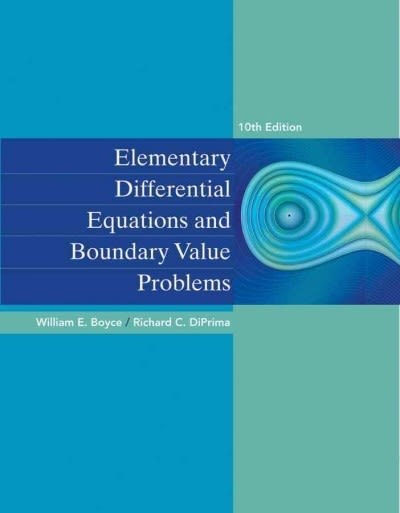Please help me solve these thank you!!!
3. Determine the most appropriate test to use to analyze the data in each of the following scenarios. List the IVE] and DV, theirtypes, and levels [if applicable); Don't just choose the test, make sure to also list the variablesl [You won't have to do that on the exam, but I want you to do it here, for practice] a. A study seeks to test the relationship between the number of children in a family and marital satisfaction (on a 1-7 scale). Name: Homework 10 Chi Square and Test Selection (3 points) 1. We are interested in testing whether there is an effect of profession on car preference (Honda vs. Jeep vs. Malda), or whether car preference is independent of profession. Perform a chi square test on the following frequency data, compute an effect size, and interpret your b, A study seeks to test if rural, suburban, or urban families differ in their annual results. . Car Preference Income. Honda Jeep Mazda Landscaper 5 9 4 Gm\" Roofer 13 5 10 c. A study seeks to test if the number of years a couple has been married predicts the amount (S) of college savings they have accrued in their bank account. d. A study seeks to test if having a joint bank account (yeso) has an effect on marital satisfaction (1-7). e. A study seeks to test ifthere is a relationship between the location of the family (rural, suburban, or urban) and the likelihood of having a joint bank account (yeso). Z. We have a theory about the proportion of people in our class that prefer different types of foods. We think that egual numbers of individuals will prefer Italian food, Asian food, f. A study seeks to test if there are effects of employment status (employed vs. American food, and Mexican food' Test the validity ofthat theory by performing 3 Chi unemployed) and level of education [high school, college, graduate degree) on marital square test on the following data. Interpret your results. satisfaction (1-7). Italian Asian American Mexican 10 9 2 16 g. A study seeks to test ifthere is difference in happiness (scored 1-7) based on you\" mm .. .d us. generation, between mothers and theirdaughters. .m 1 .a..-.. ._







